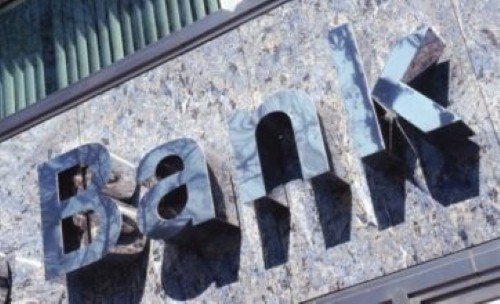It is important for businesses in all sectors to have well-designed data backup and recovery initiatives in their business continuity plans to facilitate fast recovery time objectives to get an operation back on track as seamlessly as possible in the wake of a technical glitch or natural disaster.
This fundamental principle rings especially true for enterprises in the financial sector, as the large volumes of individuals who rely on baking institutions for their economic security require prompt service and will likely not tolerate inconvenience generated through pokey backup systems.
This type of problem was becoming a significant issue for Bridgewater Savings Bank, which serves communities in Massachusetts, as their dated backup and recovery services required burdensome labor in order to be effective.
According to a press release, an internal IT team had to process an assortment of reports each morning to ensure that data backup had been successfully completed the previous night. Moreover, slow data restores had to be frequently downloaded, and at times, it was necessary for employees to physically drive across the state to retrieve data from a remote vendor.
However, by switching to a cloud-based backup and recovery system, bank officials have reported that they now enjoy more comprehensive auditing reports, greater consolidation, quicker recovery and projected savings of hundreds of thousands of dollars.
Other businesses displeased with antiquated data recovery systems would thus be well-advised to partner with a disaster preparedness consultant that can help optimize an internal backup infrastructure. Moreover, these professionals can help facilitate the best price of a remotely-located hot site that can be equipped to store the full-scope of a business' data so operations can immediately resume should a primary site be rendered unusable.
By taking this measure, financial industries can rest assured that their recovery time and customer service after a severe weather incident or other catastrophe will be optimally efficient.

